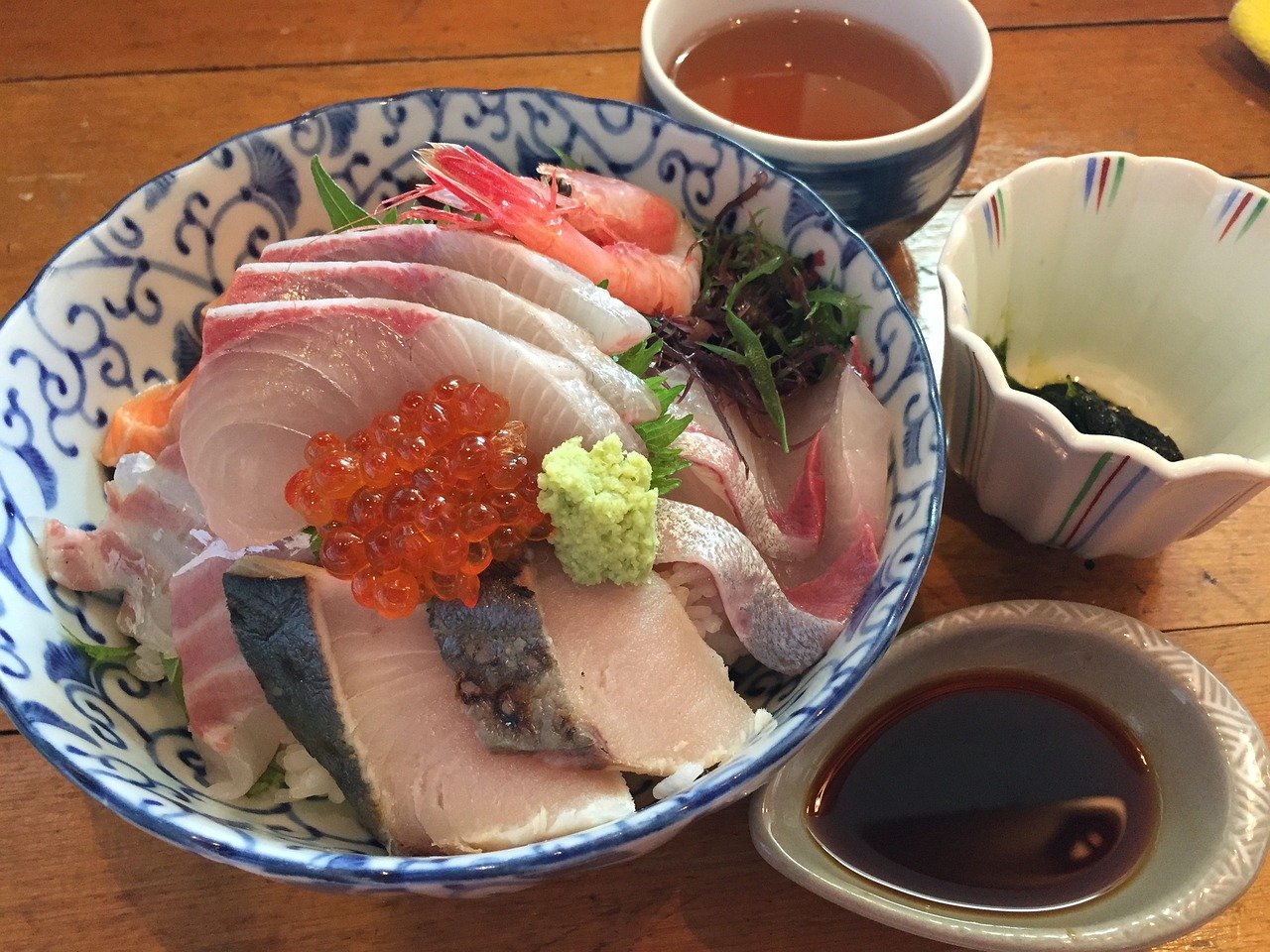🍜 Is Somen a “Lazy Meal”? — The Quirky Side of Japanese Food Culture
9月 13, 2025 | by mimisjapan.com
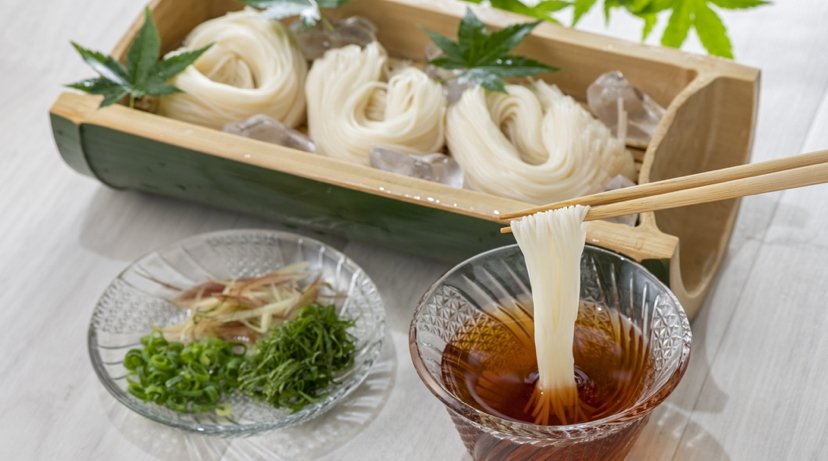
Today’s topic is one of those quirky aspects of Japanese food culture that recently blew up on X (formerly Twitter) 📱✨.
The story began with a simple everyday exchange:
A wife asked her husband, “What would you like for lunch today?” 🍴
He casually replied, “Somen is fine” 🍜.
So… what’s the problem here? 🤔
Notice how he said “Somen is fine” instead of “I want somen.” That small difference is what triggered the debate 🔥.
For context, somen are very thin white noodles that Japanese families often eat during the summer 🌞🥢. They cook quickly, and on the surface, they seem like an easy meal 😅.
But here’s the catch ⚠️. By saying “Somen is fine,” the husband implied that preparing somen is effortless 💨. Many women strongly disagreed, sparking a heated discussion online 💬🔥.
Some of the counterarguments went like this:
- You can’t just serve plain somen! You also need side dishes and condiments 🥒🍳, which makes it a lot of work.
- Serving style matters 🍽️. Somen isn’t usually dumped in a bowl. To make it easy to eat, you often have to twist small portions neatly with a fork 🍴, which is surprisingly time-consuming ⏳.
The reasoning behind these complaints makes sense ✅:
- Nutrition: Somen alone lacks protein and vitamins 💪🥗, so most women feel responsible for adding side dishes with proper nutrition.
- Flavor: Just dipping noodles in sauce gets boring 😐, so toppings like green onions or myoga (a fragrant Japanese herb) 🌿 are considered essential.
- Texture: Because somen noodles are so thin, they dry out and stick together quickly 💨. If you serve them in a heap, they clump into something that looks like a tangled ball of yarn 🧶. That’s why restaurants often present somen in small, bite-sized portions 🍴✨.
In short, what looks like a “lazy meal” to some, actually requires a surprising amount of behind-the-scenes effort 👀💡.
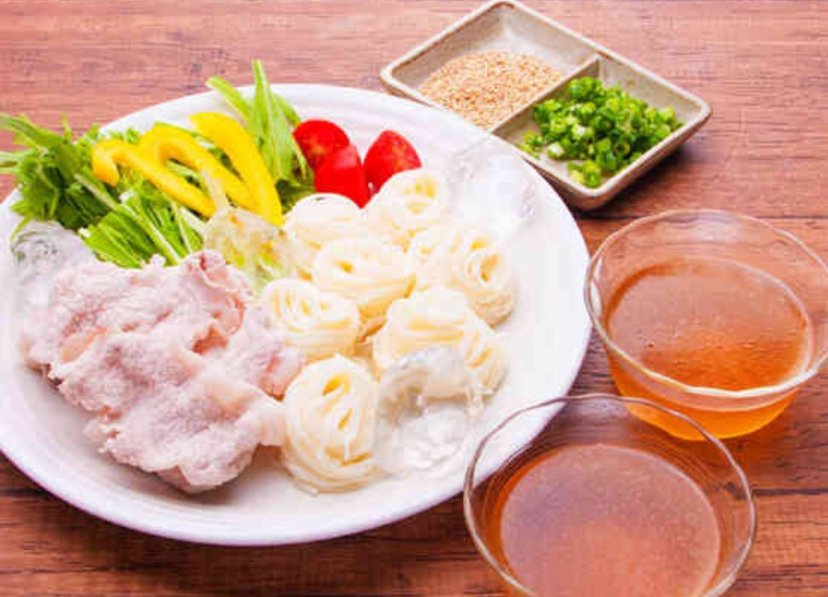
👆”Somen, From a Woman’s Point of View”
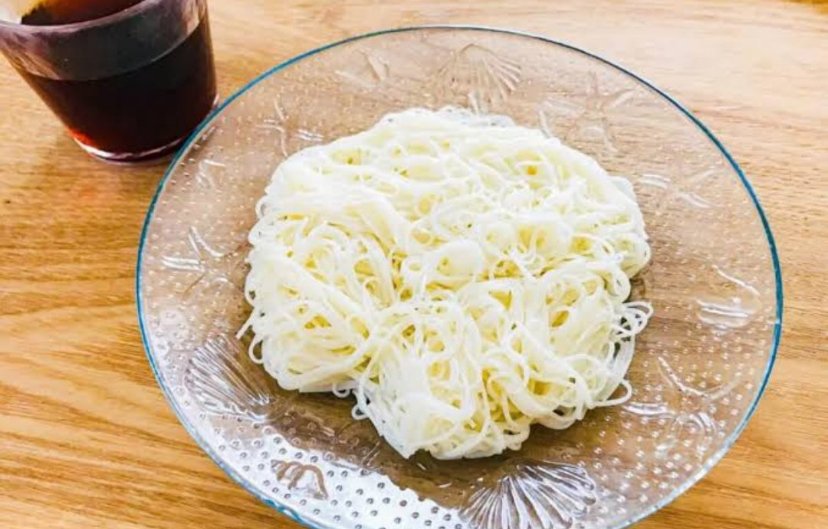
👆”Somen, From a Man’s Point of View”
I couldn’t help but think this whole controversy was so typically Japanese 🇯🇵😅.
You see, I once lived in the UK, and the standard “packed lunch” there was something like this: two plain slices of bread (with nothing in between) 🍞, an apple 🍎 or banana 🍌, a chunk of cheese 🧀, and maybe a bag of crisps 🍟—all tossed into a lunch bag 👜.
In contrast, a Japanese bento usually looks like the photo below 📸: several homemade side dishes 🥕🍗🥒 neatly arranged in a box. When a Japanese school says “Please bring a bento,” this is exactly what they mean 🎒✨.
I still remember my shock 😲 the first time I received a British-style lunch pack. It was such a different idea of what a “proper meal” should be!
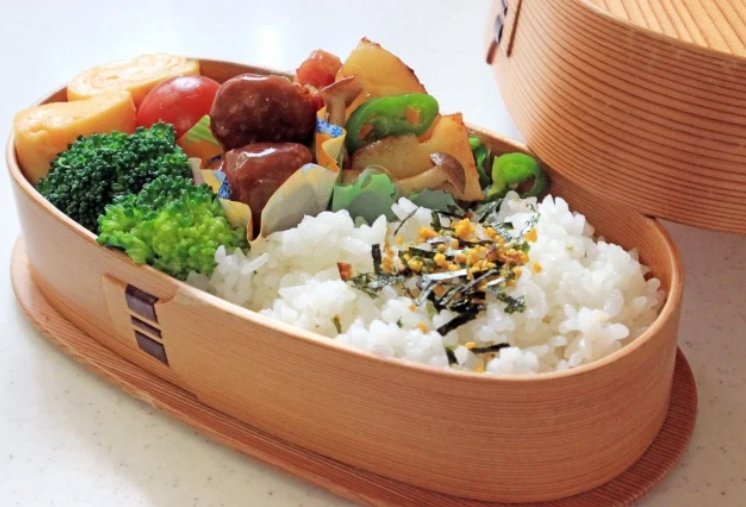
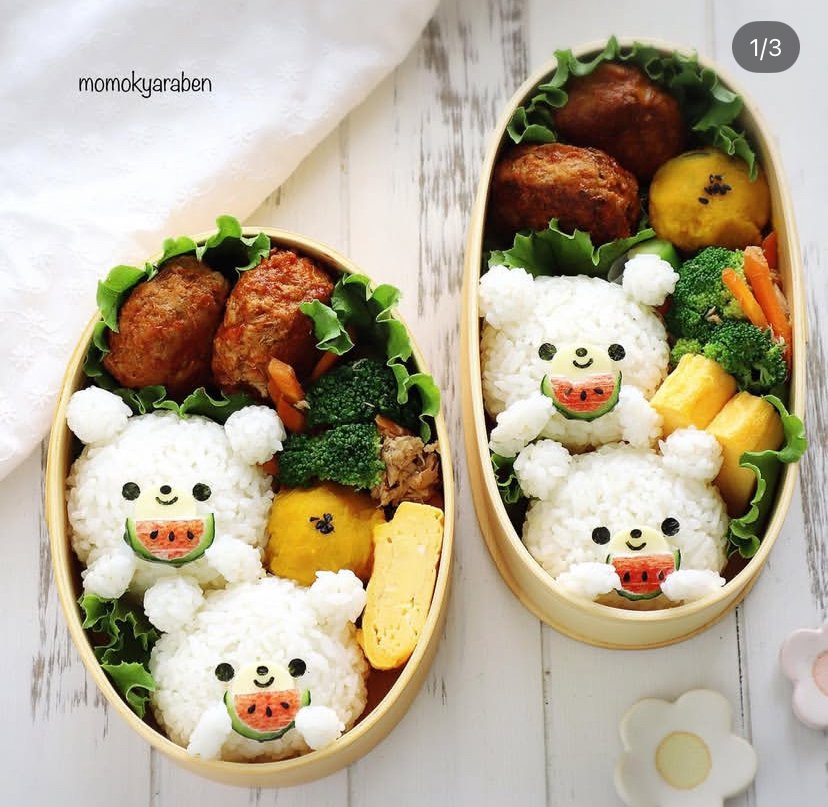
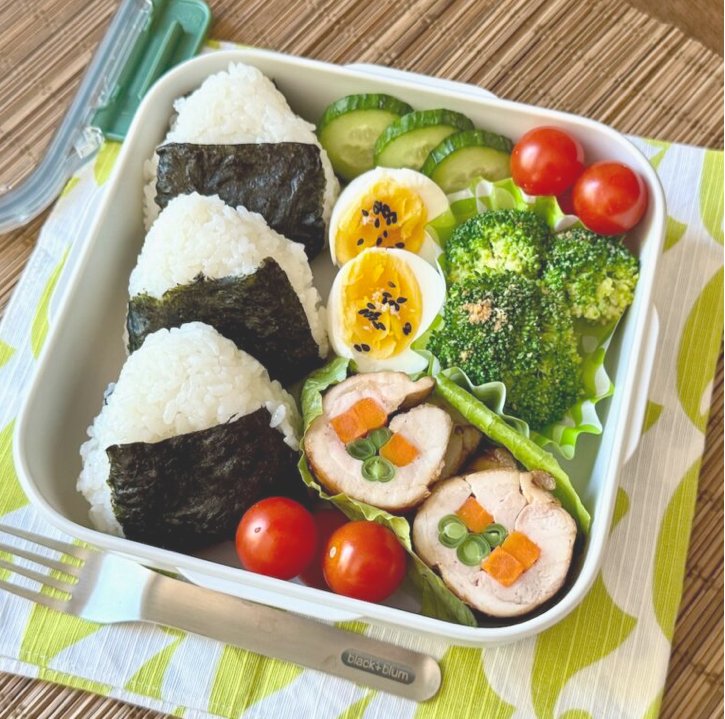
Of course, preparing a Japanese-style bento takes a lot of time ⏳, effort 💪, and even money 💴. This is one of the ways Japanese food culture can feel… a bit demanding 😅.
Honestly, I sometimes think:
Why not just serve plain noodles 🍜?
Why not skip the side dishes 🥗?
Why not pile the somen straight onto a plate 🍽️, even if it’s a little hard to eat 🤷♀️? It would still count as a meal 😋.
But in reality, most Japanese people (especially women 👩) feel compelled to add that “extra care” ✨. Simply serving plain somen isn’t seen as acceptable ❌.
This mindset is part of what makes life in Japan feel a little rigid at times 🏯, and why Japanese service culture is often described as “too much” 💡.
So, what do you think 🤔? If you’re reading this from abroad 🌏, I’d love to hear your thoughts in the comments 💬✨!
Until we meet again!
Please consider signing up for our newsletter as well! Thank you very much〜🙏
ARIGATOU GOZAIMASHITAー!(ありがとうございましたー🙏)
📢 Stay Informed with Our Newsletter! 🌟
Don’t miss out on the latest updates and exciting news! Subscribe to our newsletter today and be the first to know about upcoming information.
RELATED POSTS
View all

